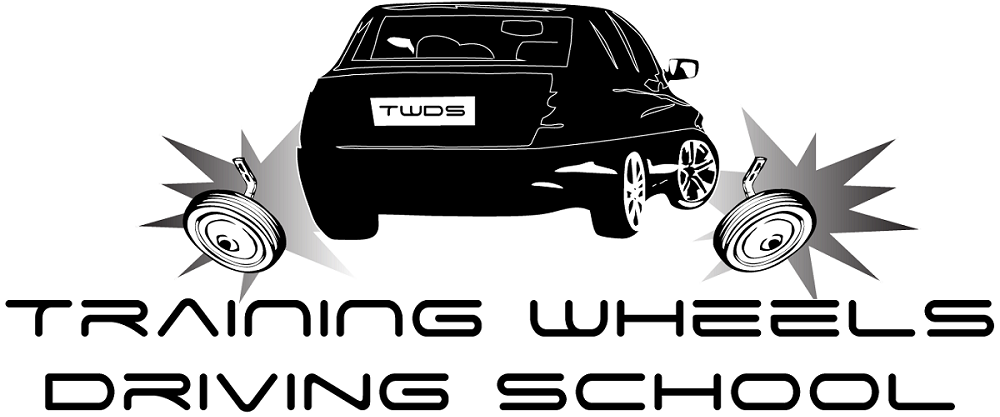Eating, drinking, texting, and talking on the phone are several activities that can distract us when we are behind the wheel. Distracted driving is dangerous to the driver, passengers, and others on the road. According to the U.S. Department of Transportation, distracted driving has become an epidemic. During 2011, more than 3,300 people died and 387,000 were injured due to a crash involving distracted driving.
Teenagers are particularly at risk when it comes to distracted driving, as the largest proportion of distracted drivers fall into this age group. Forty percent of American teenagers admit to being in a car driven by someone who put others in danger due to cell phone use. Eleven percent of drivers under age 20 who were involved in a fatal crash were reportedly distracted when the incident occurred.
Education is the best way to put an end to distracted driving and preventative measures begin before getting behind the wheel. Drink, eat, apply makeup, and make necessary phone calls before getting into the car. Adjust the climate controls and stereo system before starting the vehicle. If an unfamiliar route will be traveled, consult a map or program the GPS system before putting the car in gear. Ensure that all passengers are wearing seat belts.
While driving, keep eyes on the road and hands on the wheel. Limit interactions with passengers and never text or talk on a cell phone while operating a vehicle, even if a hands-free device is available. Remain focused and avoid daydreaming. Do not drive when tired and on a long trip, share driving responsibilities to prevent driver fatigue. If you are angry or otherwise upset, let someone else drive.
Defensive driving is the best approach, so be aware of the area surrounding the vehicle. Shift your focus every few seconds, checking activity through the rear-view mirror every five to eight seconds. This keeps the focus on driving. Do not slow down to check out a crash or other roadside activity and be alert to approaching emergency vehicles, construction zones, and changing traffic patterns. To give other drivers enough reaction time, provide advance notice of turning or breaking.
Be prepared for poor driving conditions because they can appear at any time. Always have an escape route in mind and use it whenever necessary. It is better to be safe than sorry. If we all follow these tips when driving, we will make the roadways safer for ourselves, our passengers, and everyone we encounter on the road.
Photo Courtesy of bcmom via Creative Commons License

